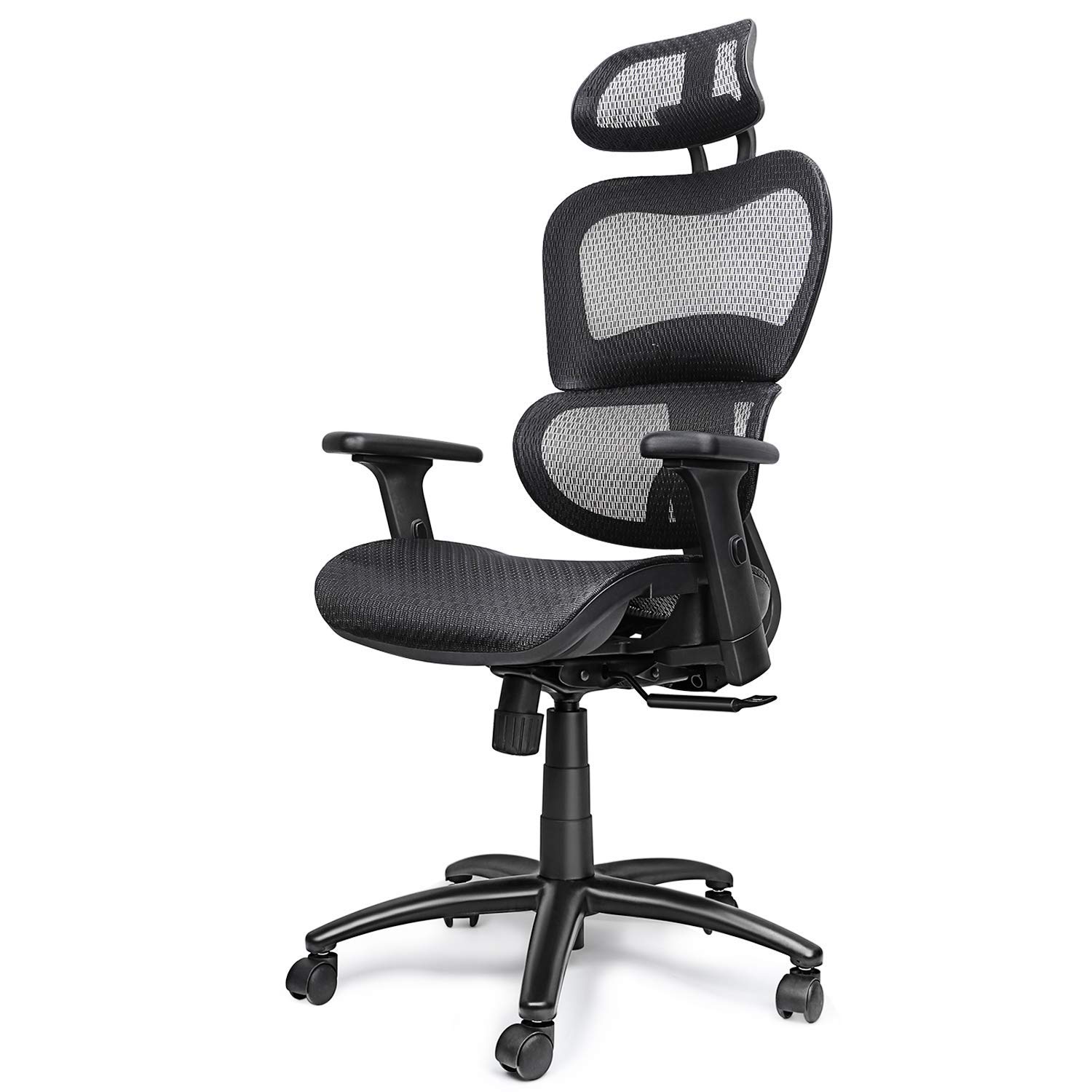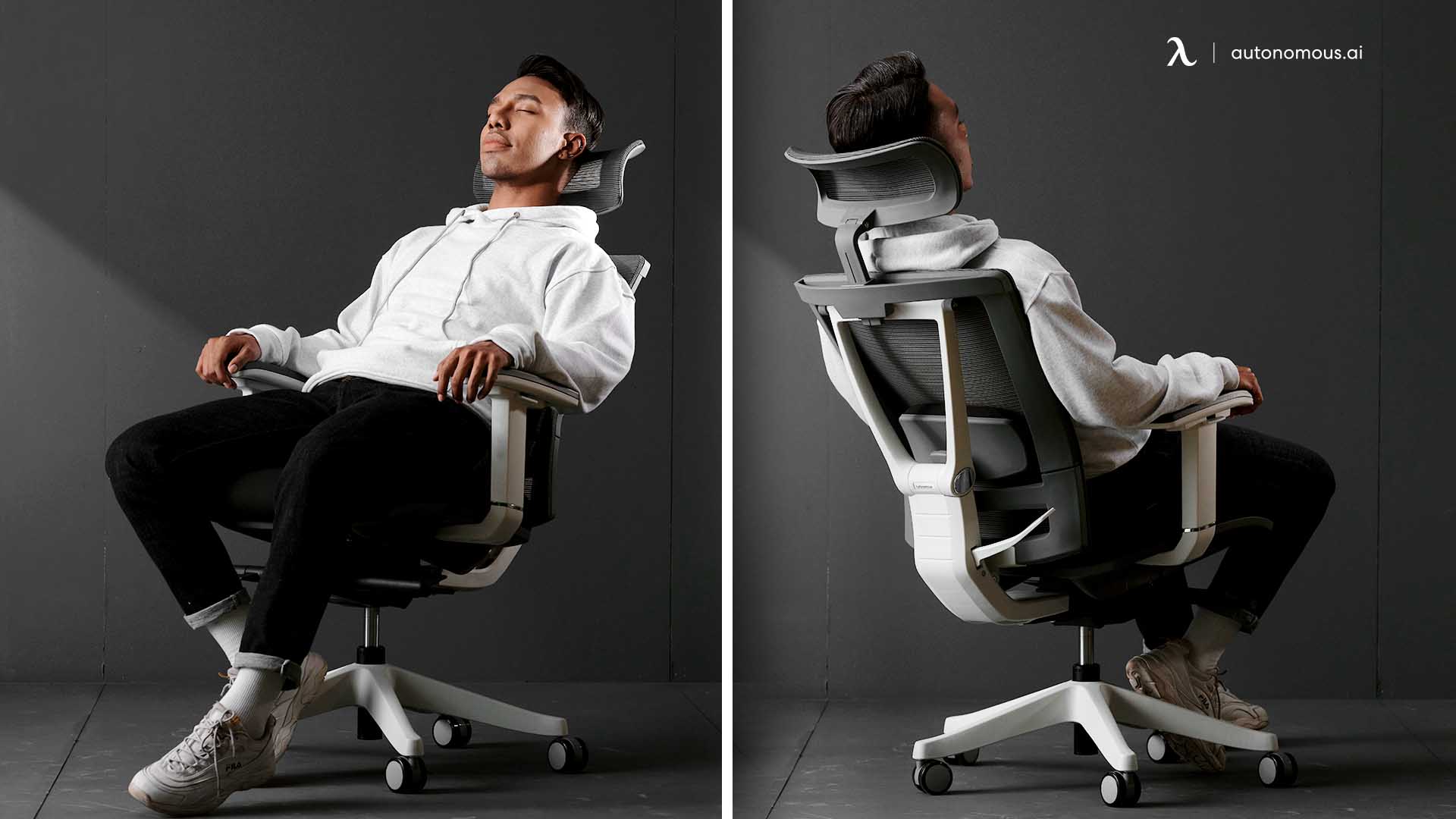Factors to Consider When Choosing a Chair

Choosing the right chair for neck pain isn’t just about picking a fancy-looking one; it’s about finding a throne worthy of your royal spine. Think of it like choosing a life partner – you need compatibility, comfort, and long-term commitment. Get it wrong, and you’ll be paying the price (literally and figuratively) for years to come.
Best chair for neck pain – Beyond the obvious “ergonomic” label slapped onto everything these days, there’s a whole universe of factors to consider. Ignoring these could leave you with a chair that’s as useful as a chocolate teapot – aesthetically pleasing, maybe, but utterly useless for its intended purpose.
Material Quality and Durability, Best chair for neck pain
The materials your chair is made from directly impact its longevity and comfort. Think of it like this: would you rather sit on a plush velvet cushion or a prickly cactus? Exactly. The choice is clear (unless you’re into self-flagellation, in which case, please seek professional help).
- Fabric: Breathable and often more affordable than leather, but can wear out faster and be harder to clean.
- Leather: Durable, luxurious, and easy to clean, but can be more expensive and less breathable.
- Mesh: Offers excellent breathability, making it ideal for warmer climates, but might not provide the same level of cushioning as other materials.
Durability is key. You’re investing in this chair to support your neck and back for years to come. A flimsy chair that falls apart after a few months is a waste of money and a potential source of further neck pain.
Adjustability Options
Adjustability is your secret weapon in the fight against neck pain. A chair that doesn’t adapt to *your* body is like trying to fit a square peg into a round hole – it’s just not going to work. This section will delve into the crucial adjustable features that can make or break your chair-sitting experience.
- Armrests: Adjustable armrests allow you to support your forearms comfortably, reducing strain on your shoulders and neck. Imagine trying to type with your arms dangling – pure torture!
- Seat Depth: The seat depth should allow your thighs to rest comfortably without pressure on the back of your knees. Too shallow, and you’ll be sliding forward; too deep, and you’ll be hunching over.
- Lumbar Support: Crucial for maintaining the natural curve of your spine, preventing slouching, and reducing neck strain. Think of it as a personal bodyguard for your lower back.
- Seat Height: Your feet should be flat on the floor, with your knees bent at a 90-degree angle. Too high, and you’ll be straining; too low, and you’ll be slumping.
- Recline: A reclining backrest can help you maintain proper posture and take pressure off your neck, especially during long periods of sitting.
Individual Body Types and Preferences
Just like there’s no one-size-fits-all approach to clothing, there’s no one-size-fits-all approach to chairs. What works for your buddy might leave you feeling like you’ve been wrestling a grizzly bear. Your body type, weight, and personal preferences play a huge role in choosing the right chair.
Consider factors like your height, weight, and posture. A chair that’s too small or too large will not provide adequate support. If you have a specific condition, like scoliosis, you may need a chair with extra support or specialized features.
Proper Chair Adjustment
Even the best chair won’t help if it’s not adjusted properly. Think of it as fine-tuning a musical instrument – you need to get the settings just right to produce the perfect sound (in this case, a pain-free posture).
- Seat Height: Adjust the seat height so your feet are flat on the floor and your knees are bent at a 90-degree angle.
Adjust until your thighs are parallel to the floor.
- Lumbar Support: Adjust the lumbar support to fit the curve of your lower back.
You should feel a gentle support in the small of your back.
- Armrests: Adjust the armrests so your elbows are at a 90-degree angle and your shoulders are relaxed.
Your arms should rest comfortably on the armrests without straining your shoulders.
- Recline (if applicable): Lean back slightly to support your spine.
Find an angle that feels comfortable and supportive without hunching forward.
- Seat Depth: Adjust the seat depth so that your thighs are supported without pressure on the back of your knees.
Ensure there’s about two to three fingers of space between the back of your knees and the seat.
Additional Strategies for Neck Pain Management: Best Chair For Neck Pain

Yo, peeps! So you’ve got a chair that’s supposedly the bee’s knees for your neck pain, right? But a chair’s only part of the equation. Think of it like this: a sick guitar riff needs more than just a killer axe; you need the right amp, the right strings, and even the right *vibe*. Your neck pain relief is the same – it’s a whole lifestyle thing.
Let’s dive into some extra strategies to keep that neck happy and healthy. We’re talking about things you can do *beyond* just sitting in a fancy chair.
Lifestyle Factors Influencing Neck Pain
Okay, let’s be real. Your neck doesn’t live in a vacuum. What you do all day – from how you sleep to how much you stress – plays a huge role in whether it’s screaming in agony or chilling like a villain. Regular exercise, especially those that strengthen your core and back muscles, is crucial. Think of your core as the foundation of your entire upper body – if it’s weak, your neck’s gonna take the brunt of everything. We’re talking planks, yoga, even just some good old-fashioned push-ups. Stretching is equally important. Think gentle neck rolls, shoulder shrugs, and upper back stretches. These simple moves can make a world of difference. And let’s not forget posture! Slouching is like a slow-motion car crash for your neck. Think tall, imagine a string pulling you up from the crown of your head.
Ergonomic Accessories to Complement Supportive Seating
Now, even with the perfect chair, sometimes you need a little extra help. Think of ergonomic accessories as power-ups for your neck-saving quest.
| Accessory | Description | Benefits | Drawbacks |
|---|---|---|---|
| Neck Pillow | Designed to support the natural curvature of the neck, often with memory foam or other supportive materials. | Improves spinal alignment during sleep, reduces neck strain, and can alleviate morning stiffness. | May not be suitable for all sleeping positions; some people find them too bulky or warm. Finding the right firmness can be tricky. |
| Monitor Stand | Raises the computer monitor to eye level, reducing the need to crane your neck. | Improves posture, reduces strain on the neck and upper back, and can improve overall comfort during prolonged computer use. | Adds extra height to your desk setup, which might not be suitable for all desk types or personal preferences. Can be costly depending on the features. |
| Lumbar Support Pillow | Provides support for the lower back, promoting proper spinal alignment and reducing strain on the neck. | Improves posture, reduces back pain which often contributes to neck pain, and can increase comfort during prolonged sitting. | Might not be comfortable for everyone, especially those with specific back conditions. Requires finding the right size and firmness. |
| Keyboard Tray | Allows for proper positioning of the keyboard and mouse, reducing strain on the wrists, shoulders, and neck. | Reduces strain on the entire upper body, promoting better posture and reducing discomfort. Improves overall ergonomics of the workspace. | Requires sufficient desk space, might not be suitable for all desk setups, and can be an added expense. |
Remember, folks, this isn’t just about buying the right stuff; it’s about making conscious choices every day to treat your neck like the awesome, hardworking part of your body that it is. Don’t be a neck-neglecting ninja!
